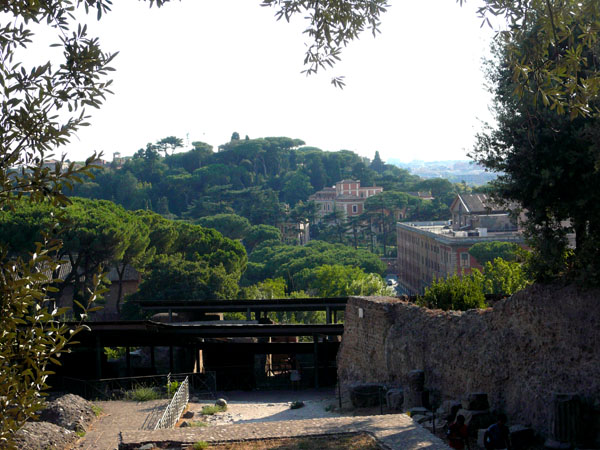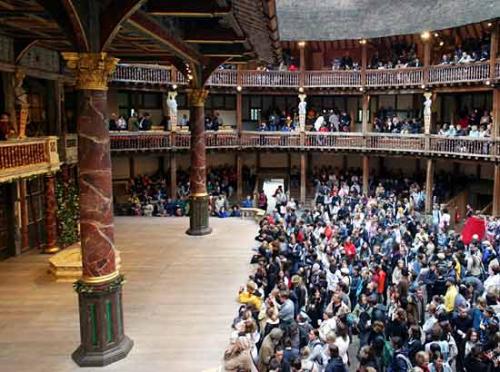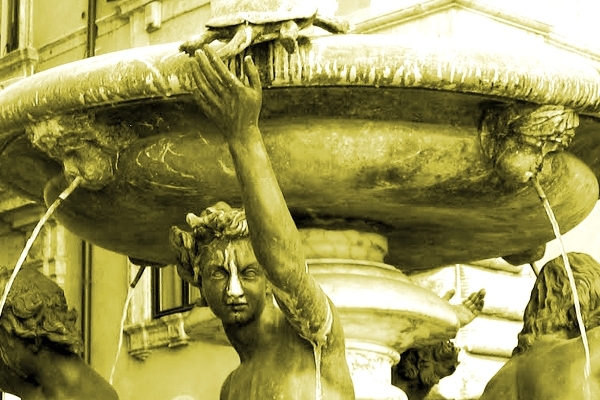Landscape Tour of the Aventine Hill
The Aventine Hill is one of the mythical seven hills on which ancient Rome was built. Today it belongs to the Ripa rione and it offers to visitors of the Capital wonderful landscape views through flower gardens, churches, villas and ancient ruins.
Transfers Rome NCC company has thought to let you have a tour with private car to discover this magnificent area punctuated with green spaces. It’s a good idea to take a tour in spring, especially in May when the enchanting Roseto di Roma Capitale (Rome Rose Garden), located at the slopes of the Aventine Hill, open its gates to visitors (till October). The garden, situated near the Circus Maximus, hosts very precious collections of ancient and botanical roses, as well as exceptional “modern” varieties coming from all over the world to participate in the Concorso Internazionale Premio Roma (that takes place in May).
During the landscape tour organized by Transfers Rome, you’ll be taken to Sant’Alessio Garden, placed between the church dedicated to the saint and the church of Santa Sabina, and to the Giardino degli Aranci (the Garden of Oranges), where you can enjoy an unforgettable panoramic view of Rome. The other name as which this famous Roman belvedere is known is Parco Savello, made in 1932 by the architect Raffaele De Vico. Once out of the garden, turning right you arrive in the neoclassical Piazza dei Cavalieri di Malta (Piazza of Knights of Malta), designed in 1765 by Giovan Battista Piranesi. From the keyhole of the front door of Villa del Priorato you’ll be able to notice Saint Peter’s dome framed by the hedges of the gardens.
You can complete the private driver tour adding other interesting destinations like Forum Boarium and Pons Cestius.
These are the Tours that we provide with our Tour Operator partners









